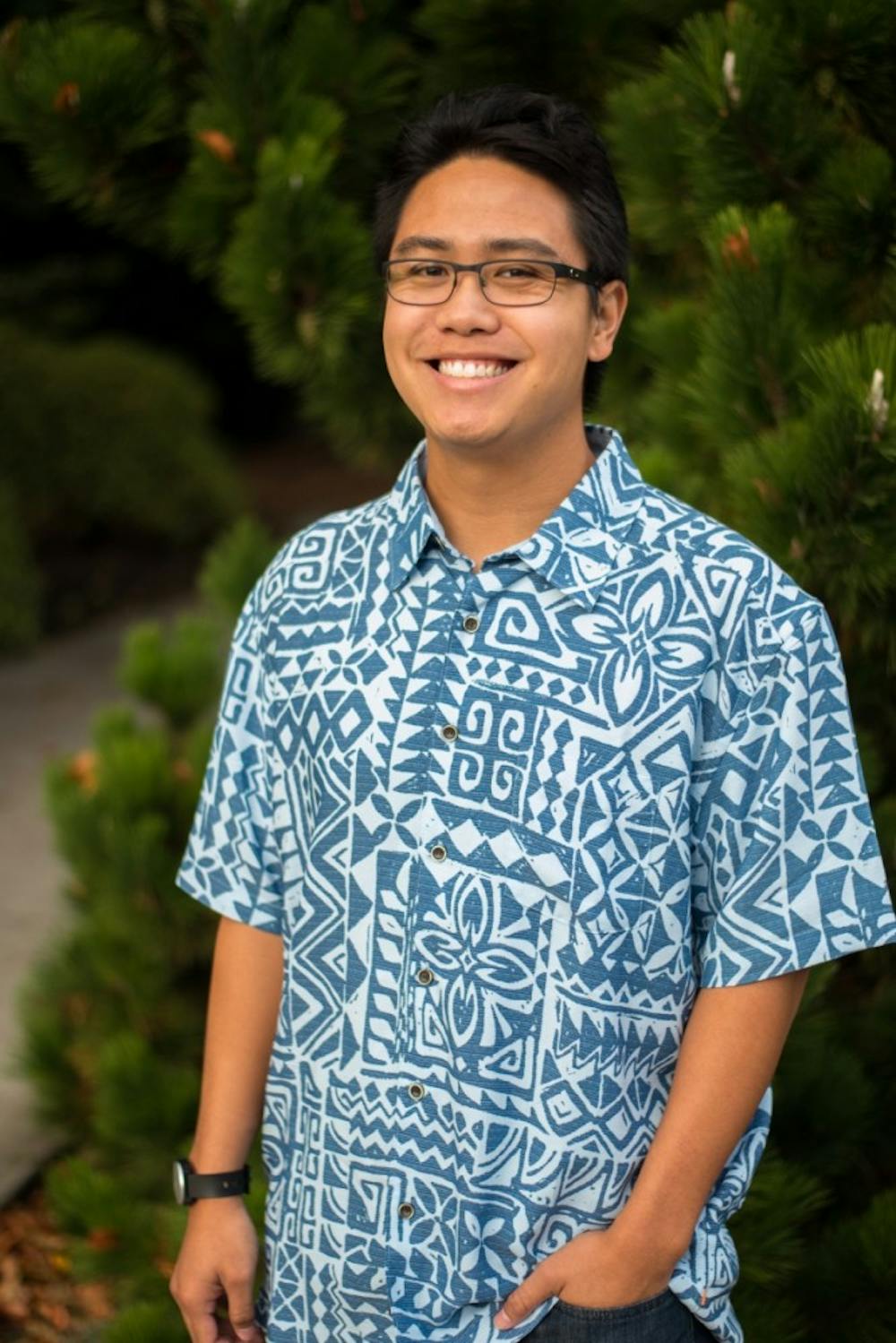There is no doubt that the past week and a half of the new administration have been met with (heavy) resistance. The Women’s March on Washington a day after the inauguration drew massive crowds in cities around the nation and the world. Protests at airports erupted across the country in response to the January 27 executive order, which banned travel from several Muslim-majority countries. It’s been eventful.
In a recent article published in The Beacon, one of the contributors stated, “I don’t want to be singled out […] as the person who is conservative.”
The writer’s concern for his well-being is valid. But if comfort is his main concern: Think about the Muslims who walk our city streets, fearing for their lives and their safety just because they’re Muslim. Think about those being detained in airports across the U.S. right this moment, even the ones whom have legal papers (e.g. green cards, visas, etc.). Think about black Americans who walk our streets at night, afraid that they’ll be the next victim of police brutality.
America has a history of trying to restrict immigration into the country. For example, the Chinese Exclusion Act of 1882 barred immigration from China until 1943. The Emergency Quota Act of 1921, followed by the Immigration Act of 1924 that limited the annual number of immigrants from any country to two percent of the total population of that country. It was only in 1965 with the Hart-Celler Act that this quota was abolished.
The executive order signed by Trump on January 27 has already been flagged by four federal judges in New York, Virginia, Boston and Seattle as unconstitutional.
How can a country, founded by immigrants and refugees who sought political and religious asylum, call for a ban on an entire religious group?
And don’t tell me it’s “not a Muslim ban” – it is. Even former Republican New York City Mayor Rudy Giuliani said Trump asked him how to do a Muslim ban “legally.”
It is also a fact that the terrorists responsible for the Sept.11 attacks were NOT refugees. They were citizens of Saudi Arabia, Egypt, the United Arab Emirates, and Lebanon, countries that are NOT part of Trump’s executive order. Also, the Boston Marathon bombers were from Kyrgyzstan, a country that’s NOT part of the order. One of the San Bernardino shooters was from Pakistan, a country NOT included in the order. The other? Chicago, Illinois. Right here in the United States. The Orlando nightclub shooter was born in New York, but had ties to Afghanistan, another country NOT listed in Trump’s executive order.
If we’re so worried about “terrorists,” then why aren’t we worried about people like Adam Lanza, the gunman who killed 20 children at Sandy Hook Elementary. Or James Holmes, the gunman who massacred 12 people at a theater in Aurora, Colorado in 2012. Or Dylann Roof, the gunman of the 2015 Charleston church shooting.
Those whom come to the United States often seek better lives for themselves and their families.
Who are we to stand in their way?
Kale Kanaeholo is a junior history major and can be reached at kanaehol18@up.edu.








